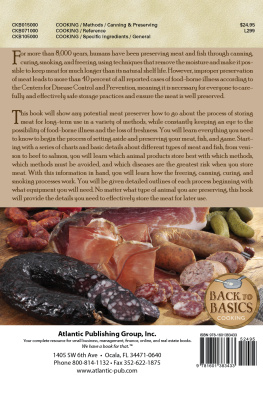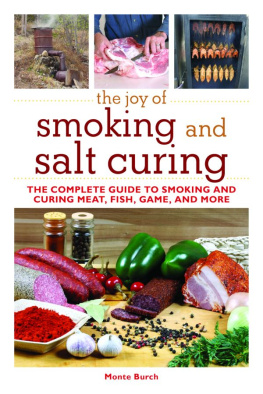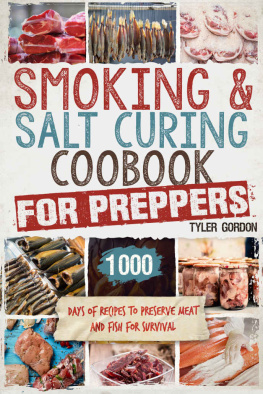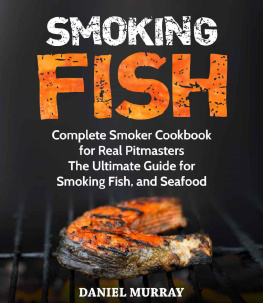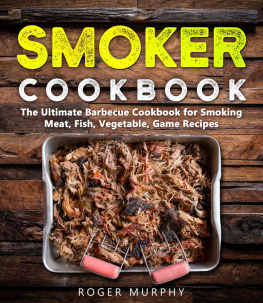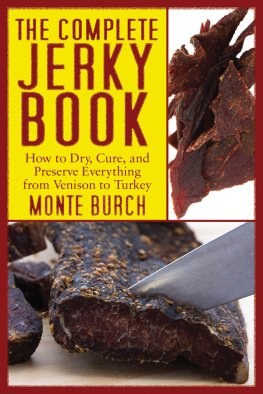
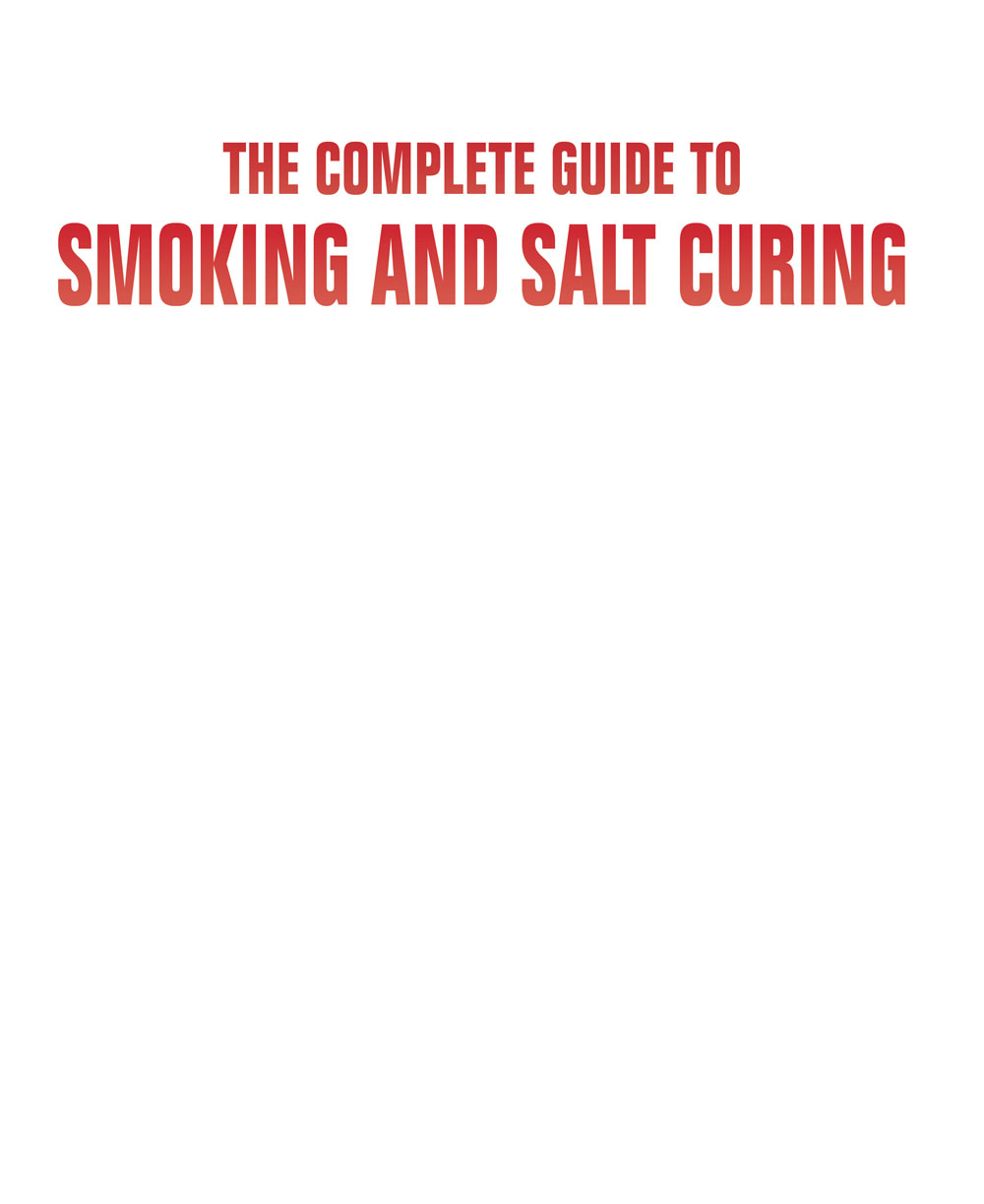

Copyright 2019 by Monte Burch
All Rights Reserved. No part of this book may be reproduced in any manner without the express written consent of the publisher, except in the case of brief excerpts in critical reviews or articles. All inquiries should be addressed to Skyhorse Publishing, 307 West 36th Street, 11th Floor, New York, NY 10018.
Skyhorse Publishing books may be purchased in bulk at special discounts for sales promotion, corporate gifts, fund-raising, or educational purposes. Special editions can also be created to specifications. For details, contact the Special Sales Department, Skyhorse Publishing, 307 West 36th Street, 11th Floor, New York, NY 10018 or .
Skyhorse and Skyhorse Publishing are registered trademarks of Skyhorse Publishing, Inc., a Delaware corporation.
www.skyhorsepublishing.com
10 9 8 7 6 5 4 3 2 1
Library of Congress Cataloging-in-Publication Data is available on file
Cover design by Daniel Brount
Cover photo by gettyimages
Print ISBN: 978-1-5107-4531-5
Ebook ISBN: 978-1-5107-4534-6
Printed in China
CONTENTS
Preface
WHAT ONCE WAS a necessary life skill for most has become an enjoyable pastime for many. Salting and smoking meats for preservation is an age-old skill. Im not sure my grandparents would have called salting and smoking hams and bacon a joyit was a necessity of survival for them and the generations before the advent of refrigeration. I can, however, remember the fun they all had during the family and community hog-butchering days. Their skills were passed down from generations, but the skills are not hard to learn. Using smoke and salt to cure meats for preservation is a fun, easily learned process and also a great way of providing your family with great-tasting foods.
Other than cold-smoking hams and bacon, no other type of smoking or smoke cooking was done in our family when I was growing up. Later, once I discovered our home-cured hams were great slow-cooked over a rotisserie, I discovered the joy of smoking different foods and Ive now been smoking meats for more than forty years. I have smoked everything from salmon to whole hogs. The delicious results are why its no wonder the process of smoking in all forms has become increasingly popular.
In addition to salt curing, I have included both cold-smoking and hot-smoking methods in this book. I have also included some barbecuing methods utilizing smoke although there are literally thousands of recipes and entire books written on barbecue cooking.
I hope this book brings you the joy of salt curing and smoking.
PART I
About Smoking and Salt Curing
1
All About Smoking and Salt Curing

SMOKING, COMBINED WITH using salt to preserve meats, is one of mankinds oldest and most important survival skills. The use of salt has a long history. Salt is one of the most important elements and was in use long before recorded history. Since the dawn of time, animals have instinctively forged trails to natural sources to satisfy their need for salt. In turn, ancient man obtained his salt from eating animal meat. As he turned to agriculture and his diet changed, he found that salt (maybe seawater) gave other foods the same salty flavor he was accustomed to in meat. Over many millennia, man learned how salt helped with preserving food. Salt was also an important trade item. Many nomadic bands carried salt with them and traded it for other goods. Wars were even fought over salt. According to the Salt Manufacturers Association (www.saltinfo.com),
About 4,700 years ago, the Chinese Png-tzao-kan-mu, one of the earliest known writings, recorded more than 40 types of salt. It described two methods of extracting and processing salt, similar to methods still in use. Writings on salt no doubt also existed on ancient clay tablets and on Egyptian papyri. Even without written evidence, we can be fairly certain that salt-making and use was a feature of life in all ancient communities.
For centuries, salt has been used to preserve foods such as meat, fish and dairy products. Even with the development of refrigeration, salt preserving remains an important aid to food hygiene. Salt acts as a binder as it helps extract the myofibrillar proteins in processed and formed meats, binding the meat together and reducing cooking losses. Used with sugar and nitrate, salt gives processed meats, such as ham, bacon and hot dogs, a more attractive color.
In addition, the use of smoke, both as a preservative and during cooking, has also beenand still isvery important. The first smoking, or cooking, was probably done over a smudge, a smoky fire in a cave. Today smoking and smoke-cooking meats can be just about as primitive, or extremely sophisticated.
Several types of smoking can be done depending mostly on the temperature of the smoke heat applied. This includes dry or cold smoking, hot smoking, and barbecuing. Dry or cold smoking is used to impart the flavor of the smoke as well as help to dry out the meat. This is used for drying jerky and sausages, as well as for drying and adding flavor to hams, bacon, and other meats. Temperatures normally are not allowed to get above 100F. Cold smoking is also quite often used in conjunction with the brining or salt curing of many different types of meats and meat products. All cold-smoked meats must be further cooked before consumption.
Hot smoking utilizes smoke and heat to add flavor at the same time that the meats are cooked. This type of smoking is done indirectly over hot coals, or with gas or electric heat, and temperatures rarely exceed 250F. Cooking time is several hours. This is a common method for cooking briskets, ribs, and other popular smoked foods. Hot smoking may or may not involve water, and may be dry or moist cooking.
One of the original forms of smoke cooking is the old-time pit barbecue, and some believe the word barbecue comes from the Caribbean word barbacoa , translated as sacred fire pit. Outdoor cooking on the barbecue grill is a very popular pastime and a favored method of cooking. In the South, barbecue usually refers to roast pork; in the Southwest, it usually refers to beef. Barbecuing is cooking with direct heat and may or may not include smoking. Smoking does, however, impart more flavor to barbecued foods.
In addition to salt curing, I have included both cold-smoking and hot-smoking methods in this book. I have also included some barbecuing methods utilizing smoke, although there are literally thousands of recipes and entire books written on barbecue cooking.
Im not sure that my grandparents would have called salting and smoking hams and bacon a joy, as it was a necessity of survival for them and their parents before the advent of refrigeration. I can, however, remember the fun they all had during the family and community hog butchering days. Their skills were passed down from generations, but the skills are not hard to learn. Using smoke and salt to cure meats for preservation is a fun, easily learned process as well as a great way of serving your family great-tasting foods.
Other than cold-smoking hams and bacon, there was no other type of smoking in our family when I was growing up. Later, once I discovered that our home-cured hams were great slow-cooked over a rotisserie, I discovered the joy of smoking different foods, and Ive now been smoking meats for forty years or more. I have smoked everything from salmon to whole hogs, with wonderful results. Which is why its no wonder the process of smoking in all forms has become increasingly popular.
Next page






